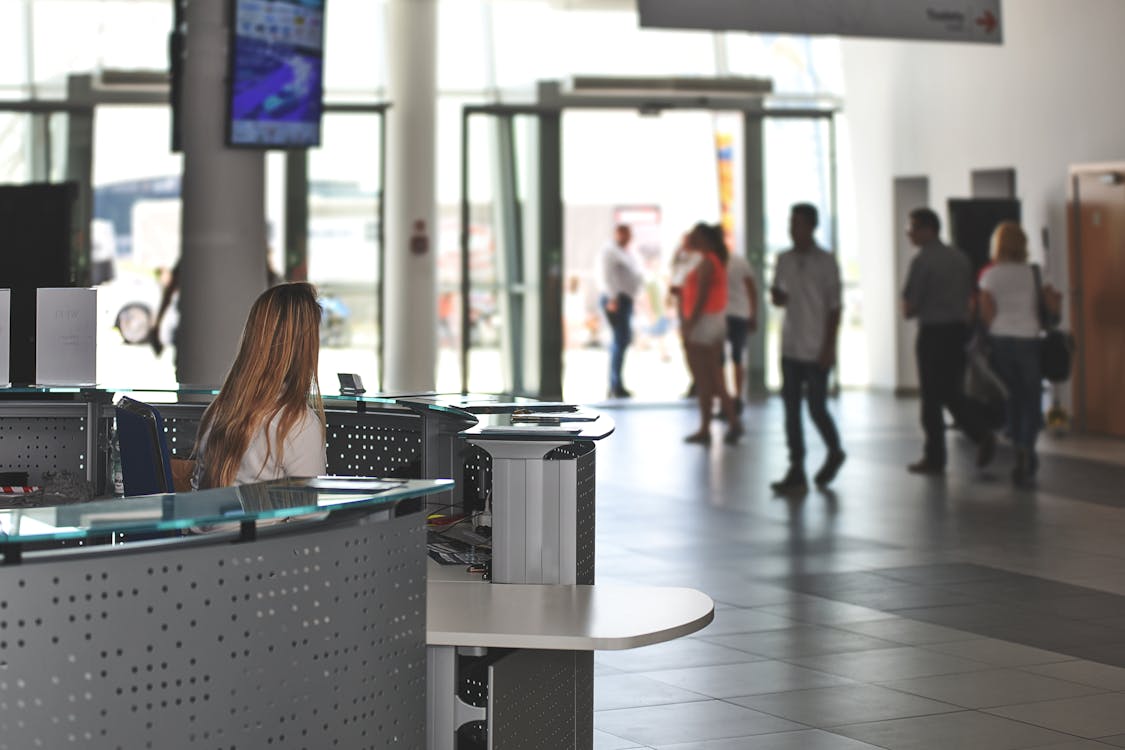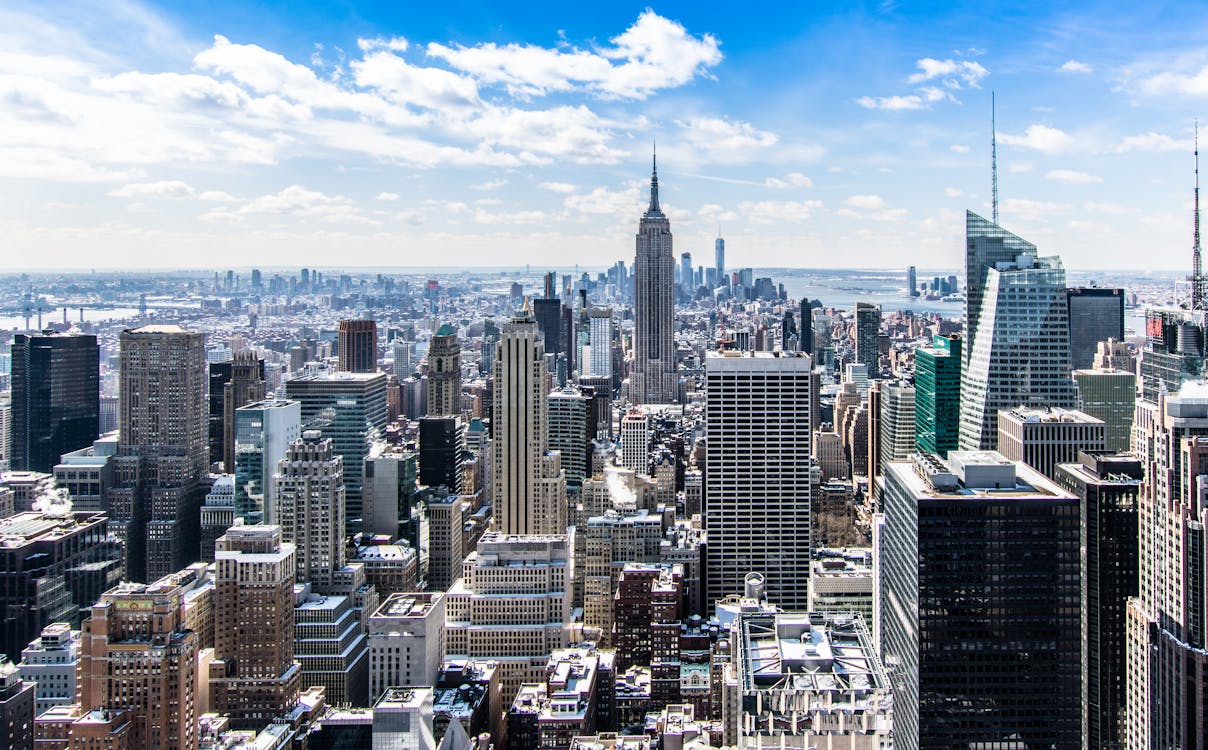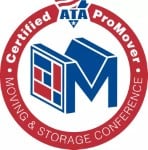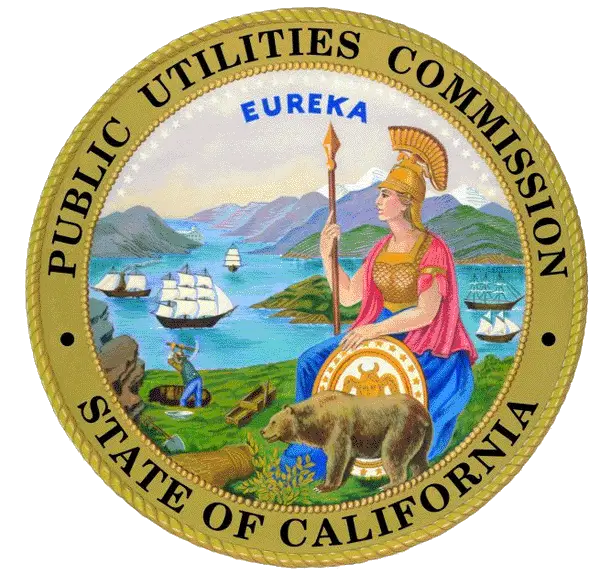Everybody knows that New York City is one of the most expensive cities in the United States (and the world). According to the latest cost of living index, the cost of living in NYC is 38% higher compared to the State average and 76% higher than the national average!
Are you getting ready to move to the Big Apple? Navigating the sky-high NYC cost of living can be tricky, but it’s not impossible. As seasoned movers within these bustling streets, we've gathered insider tips and strategies to help you manage the NYC cost of living without losing your balance.
Below, you’ll learn more about how much it costs to live in different neighborhoods of New York City and how you can deal with the high cost of living, even if you’re on a tight budget.
Average Cost of Living in New York City
The cost of living in NYC is notably higher than the national average, by approximately 76%. Housing is a particularly steep expense, about 80% higher than what most Americans are accustomed to. Even everyday essentials, such as groceries and clothing, are approximately 9% pricier.
According to Numbeo, the average monthly costs for living in NYC, excluding rent, stand at $1,621.70 for a single person. That number jumps to $6,004.10 for a family of four.
Beyond the basics, going to the doctor or the dentist will cost you 7% more than the national average. Non-necessary expenses, including catching a movie or getting a hair cut aren't spared either, with costs running about 9% higher.
But here's the thing—how much you spend living here really depends on your choices. Where you decide to live, how you get around, and how you spend your money can make a big difference. You can find ways to save, like living in a cheaper neighborhood or cutting back on eating out. We're here to help you figure it all out and make moving to the big city as easy as possible.
New York City as a Major Metropolitan Area
In addition to being the most expensive city in the country, NYC is also the largest metropolitan area in the United States, with roughly 8.3 million people residing here, according to the U.S. Census Bureau.
To put the city’s size into perspective, it also helps to understand its population density, which is 27,012 people per square mile. The average population density for a metropolitan area in the U.S. is 283 people per square mile.
The average salary in New York City is $76,339 annually, and the median is $59,752. For comparison, the average salary in the United States is $60,575 per year, with a median of $56,420.
Housing Costs
When it comes to understanding the cost of living in NYC, we can confidently say that one of the primary factors contributing to its reputation as an expensive place to live is the high housing costs.
The real estate market in NYC is highly competitive, and home prices reflect that. The median sale price in New York City is $700,000.
Through our interactions with countless clients, we've come to realize that renters far outnumber homeowners in the city. It's a trend we've seen time and time again as we help people find their new homes in the heart of NYC.
See below the average rent per month in NYC:
-
1 bedroom Apartment in City Centre - $4,116.53
-
1 bedroom Apartment Outside of Centre - $2,767.93
-
3 bedrooms Apartment in City Centre - $8,206.74
-
3 bedrooms Apartment Outside of Centre - 4,301.54
Rental Prices in Different Neighborhoods
The rental prices in New York City vary significantly depending on where you’re looking. Here’s a breakdown of the average cost of an apartment in each of the five boroughs:
Manhattan
The average rent for a one-bedroom apartment in Manhattan is $4,295 per month, and the average rent for a two-bedroom is $4,995. Within Manhattan, you may pay more or less than the average rate depending on your neighborhood.
Brooklyn
Brooklyn is a bit more affordable than Manhattan (although it’s not cheap by any means). The average rent for a one-bedroom apartment in Brooklyn is $3,970, and a two-bedroom costs $4,295 per month.
Queens
In Queens, a one-bedroom apartment will set you back, on average, $2,475 per month. A two-bedroom costs around $2,900 per month.
The Bronx
A one-bedroom apartment in The Bronx costs $2,125 per month on average. A two-bedroom is just a couple hundred dollars more at $2,395 per month.
Staten Island
Staten Island is the most affordable of New York City’s five boroughs, with an average monthly rent of $1,800 for a one-bedroom. A two-bedroom apartment is quite a bit more expensive (although still more affordable than other boroughs) and costs, on average, $2,300 per month.
NYC Transportation Expenses
In addition to housing, when calculating the true cost of living in New York City, you must consider how you will get around. Will you use public transportation or drive your own vehicle?
-
Public Transportation:
New York City’s public transportation options include the subway, the bus, Long Island Rail Road, and Metro-North. The average fare of a one-way ticket for local transport is $2.90. For the monthly pass, you'll pay $132.00.
-
Owning a Car in NYC:
We recently assisted a client who initially planned to bring their car to NYC. During our consultation, we shared our firsthand knowledge about the challenges of city parking, where garage fees can easily reach several hundred dollars per month, and the fact that gas prices often exceed $3 per gallon.
They decided to forgo the car and embrace public transportation instead, a choice that ultimately saved them both money and headaches.
Food and Groceries
Beyond housing and transportation, you must also make sure your basic needs are met -- including the need for food. Here’s an estimate of what you’ll spend on food and groceries in New York City.
-
Eating Out and Restaurant Prices:
When eating out at a cheap restaurant, most New Yorkers spend an average of $30 per person. For a fancier meal for two at a mid-range restaurant, expect to pay closer to $130. Fast food meals at places like McDonald's cost about $12 per person. If you want to grab a regular cappuccino for a caffeine fix, expect to pay around $5.70.
-
Grocery Store Expenses:
Buying groceries and cooking for yourself will help you save money, especially in an expensive city like New York. Remember, though, that grocery prices are higher here than in other parts of the country.
According to the latest data from Numbeo, a popular cost of living calculator, the daily recommended minimum for food in New York City is $17.89 per person. The monthly recommended minimum is $554.65.

Utilities and Services
Along with your monthly rent, you should also consider the cost of utilities and other services when calculating your budget and determining a place’s affordability.
-
Electricity and Heating Costs: On average, New Yorkers spend about $184 per month on electricity ($2,208 per year). The average heating cost is $418.77 per month from November to March.
-
Internet and Cable Services: Internet and cable costs vary by provider. However, the average of the city’s top internet providers is $60 per month. Meanwhile, the average cable bill is around $100 per month.
-
Water and Sewage Fees: Water in New York City costs $4.49 per 100 cubic feet (or 748 gallons). The combined cost of water and sewer fees is $11.63 per 100 cubic feet. The minimum water and sewer charge per metered household is $1.27 per day (about $38 per month).
-
Waste Disposal Charges: The average trash bill is about $20 per month. This fee is usually included in most apartments’ rental fees.
Healthcare Expenses
Of course, healthcare costs vary based on your condition and health insurance provider. However, for a new patient, the average cash price is $157 at a hospital/surgical center and $206 at an office/urgent care facility. For returning patients, the prices are lower -- $103 at a hospital/surgical center and $143 at an office/urgent care facility.
The average annual healthcare cost for one adult is $3,207.
Education Costs
New York City has a great public school system, making it an excellent option for those seeking a good education for their kids without spending a small fortune each year.
You also have plenty of options if you choose the private school route. Keep in mind that private school tuition in NYC costs, on average, $21,154 per year.
Childcare Costs
In a high-cost-of-living place like New York City, you can expect to pay quite a bit for childcare. The average cost for infants is $21,112 per year, and the average cost for toddlers is $16,380. For kids ages 3-5, childcare costs an average of $968 monthly.

Tips for Managing the Cost of Living in NYC
Living in NYC on a budget is possible, but you have to be willing to get creative. Here are some tips that can help:
1. Search for Affordable Housing Early
Don’t wait until the last minute to search for a place to live. Consider moving during the off-season (fall or winter) as well to find more affordable rental rates.
2. Live with Roommates
If you split the cost with roommates, it’s much easier to afford rent and utilities in New York City. Consider sharing an apartment with another person (or a few other people) to make it more cost-effective.
3. Be Willing to Commute
Maybe you work in Manhattan, but that doesn’t mean you can afford to live there comfortably. Living in a more affordable borough, even if it’s farther away, can help you save a lot of money.
4. Walk or Use Public Transportation
Walking, cycling, or public transportation will all be more affordable than driving yourself or relying on an Uber, Lyft, or taxi. If you do need one of these options, split them with a friend to save money.
5. Choose Budget-Friendly Grocery Stores
Cooking for yourself will help you save money, but you can reduce costs further by shopping at more budget-friendly grocery stores. Trader Joe’s and ALDI are popular options for affordable food, drinks, and other household items.
What Salary Do You Need to Live in NYC?
The ideal annual salary for living in New York City depends on multiple factors, such as the number of kids you have (if any), where you want to live, the kind of food and entertainment you enjoy, your income tax bracket, etc.
However, considering the median salary is $59,752, it’s safe to say that earning around or more than that amount will help you meet your monthly bills.
Simplify New York City Living with Oz Moving & Storage
After learning about the factors influencing the NYC cost of living, are you more confident about moving here?
If you are looking for an affordable and professional moving company to help you relocate, Oz Moving & Storage is ready to assist you.
Contact us today for a free quote!









